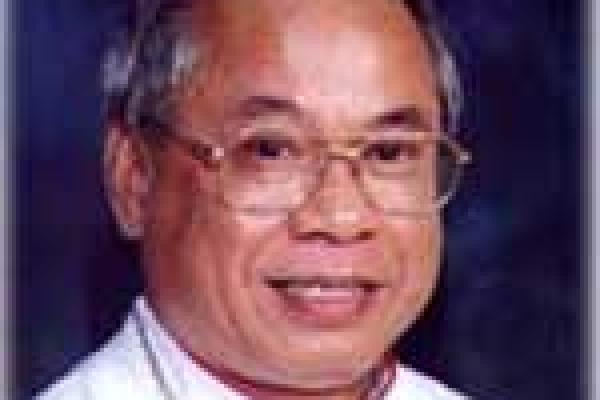Feb 25, 2014
"The origin of the church is poverty," said newly minted Philippine Cardinal Orlando Quevedo at a press briefing in Rome last week. "And the journey of Jesus Christ was the journey with poor people. Today, the church has riches, institutions. But I would like to think that the only way the church can redeem these resources as well as its institutions would be to place them at the service of justice and of the poor for the sake of the kingdom of God."
Cardinal Orlando Quevedo has been a lead architect in the Federation of Asian Bishops’ Conferences, a body representing more than 100 million Catholics that has courageously pushed forward the values of Vatican II amid traditionalist backlash. According to an article yesterday in the National Catholic Reporter, Quevedo spoke of an Asian vision of church built on basic ecclesial communities with a collaborative leadership style. (Read more on Quevedo and the Pope’s new cardinals here).
What might that look like? According to Tom Kyle who has researched Asian Catholicism and in particular the Federation of Asian Bishops’ Conferences, there are certain identifiable characteristics in Asian Catholicism that should mark everything the local church does.
Read the Full Article

Already a subscriber? Login
